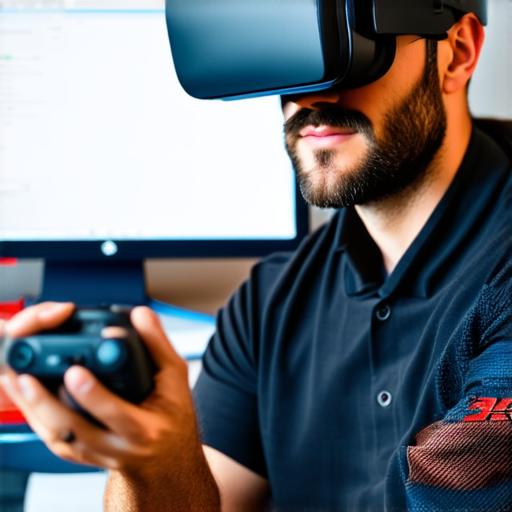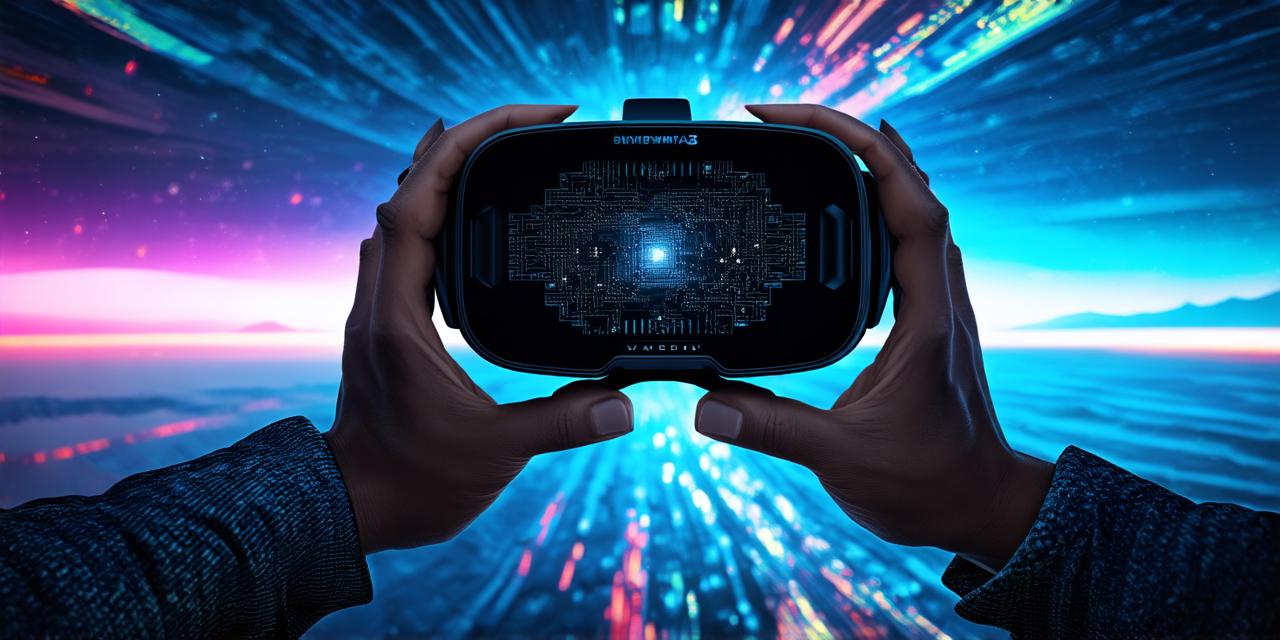Virtual reality (VR) is a computer-generated simulation of a three-dimensional environment that can be interacted with in a seemingly real or physical way using specialized electronic equipment, such as headsets or wearable devices. It creates an immersive experience by stimulating the senses, particularly sight and sound, to create a sense of presence in a simulated environment.
The Meaning of Virtual Reality
Virtual reality technology allows individuals to experience a computer-generated world that is designed to mimic the real world as closely as possible. It enables users to interact with objects and people in this simulated environment, creating a sense of immersion and presence.
In essence, virtual reality means that users can be placed in an artificial environment where they can interact with things that are not real, but feel real. This technology has the potential to revolutionize various industries such as gaming, education, healthcare, and entertainment, by providing new ways for people to engage with and experience information.

Types of Virtual Reality
There are several types of virtual reality experiences available today, including:
-
360-degree VR – This type of VR uses a series of cameras that capture a 360-degree view of the environment around the user, creating a fully immersive experience. Users can look in any direction and see everything that is happening around them.
-
Oculus Rift – This type of VR headset provides users with a fully immersive experience by blocking out the real world and replacing it with a virtual environment. Users can interact with objects and people in this simulated environment, creating a sense of presence.
-
HTC Vive – This type of VR headset also provides a fully immersive experience, but uses a room-scale setup that allows users to move around in the virtual environment. It uses sensors to track the user’s movement and adjust the environment accordingly.
-
Google Cardboard – This type of VR headset is designed for mobile devices and provides a more limited immersive experience. Users can look around and interact with objects in a simulated environment, but cannot move or touch anything.
Summary
Virtual reality technology has the potential to revolutionize various industries by providing new ways for people to engage with and experience information. It allows users to be placed in an artificial environment where they can interact with things that are not real, but feel real. With advancements in VR technology, we can expect to see even more immersive and interactive experiences in the future.
